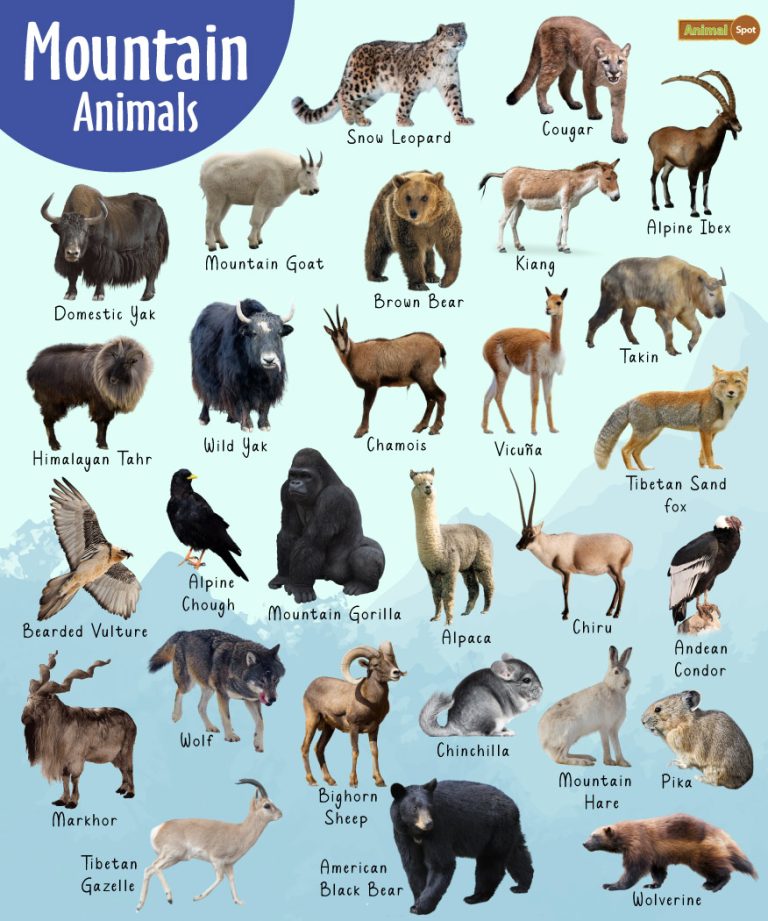The Wonder Of Animals: A Comprehensive Guide To Animal Life

Table of Contents
Exploring Animal Diversity: From Microscopic to Majestic
Animal diversity is staggering. Scientists have identified over 1.5 million species, with many more yet to be discovered. This immense variety is organized through a system of classification, starting with Kingdom Animalia, and then branching into phyla, classes, orders, families, genera, and finally, species. Understanding this classification helps us appreciate the evolutionary relationships between different animals.
-
Invertebrates: This vast group, encompassing over 97% of all animal species, includes arthropods (insects, spiders, crustaceans), mollusks (snails, clams, octopuses), and many other phyla. Each boasts unique characteristics and adaptations. For example, insects’ exoskeletons provide protection, while cephalopods' intelligence and camouflage are remarkable.
-
Vertebrates: This group is characterized by the presence of a backbone. It includes five major classes:
- Mammals: Characterized by fur or hair, mammary glands, and typically live birth. Examples range from the tiny shrew to the enormous blue whale.
- Birds: Distinguished by feathers, wings, and beaks. Their adaptations for flight are incredible, and their diversity in plumage and song is captivating.
- Reptiles: Typically characterized by scales, cold-bloodedness (ectothermy), and laying eggs. Snakes, lizards, turtles, and crocodiles exhibit remarkable adaptations to various environments.
- Amphibians: These animals typically start life in water and later transition to land. Frogs, toads, salamanders, and newts exhibit a fascinating life cycle.
- Fish: The most diverse group of vertebrates, inhabiting aquatic environments worldwide. They exhibit a remarkable array of shapes, sizes, and adaptations.
The sheer variety of animal life is crucial for maintaining the health of our planet's ecosystems. Biodiversity is essential for ecological stability and provides essential services, such as pollination and nutrient cycling. Conservation efforts are vital to protect this invaluable resource.
Animal Habitats and Adaptations: Thriving in Diverse Environments
Animals have conquered virtually every habitat on Earth, from the deepest oceans to the highest mountains. Their success is due to remarkable adaptations shaped by natural selection.
-
Extreme Environments: Polar bears, with their thick fur and blubber, thrive in the Arctic's frigid conditions. Desert animals, such as camels and scorpions, possess adaptations to conserve water and withstand extreme heat.
-
Survival Strategies: Camouflage allows animals like chameleons and stick insects to blend seamlessly into their surroundings, evading predators. Mimicry, where one species mimics another for protection, is also a prevalent survival strategy. For example, the viceroy butterfly mimics the poisonous monarch butterfly.
The impact of habitat loss and climate change is a significant threat to many animal populations. Deforestation, pollution, and rising temperatures are altering habitats, leading to species decline and extinction. Wildlife conservation efforts are essential to mitigate these impacts.
Animal Communication and Social Structures: The Intricate World of Animal Behavior
Animal behavior is a fascinating field that reveals the complexity of animal lives. Communication and social structures are key aspects of animal behavior, showcasing their intelligence and adaptability.
-
Communication: Animals communicate in diverse ways. Bees use intricate dances to convey information about food sources. Whales use complex songs for communication over vast distances. Other animals rely on pheromones, visual signals, and vocalizations.
-
Social Structures: Many animals live in complex social structures, such as herds, packs, or colonies. These structures offer benefits like improved foraging efficiency, protection from predators, and cooperative breeding. However, they also involve competition for resources and social hierarchies.
Animal intelligence and problem-solving abilities vary widely. Some animals exhibit remarkable cognitive skills, such as tool use in primates and problem-solving in corvids (crows, ravens).
The Importance of Animal Conservation: Protecting Our Planet's Wildlife
Animal conservation is paramount to safeguarding biodiversity and the health of our planet. Many animal species face threats due to human activities.
-
Endangered Species: The plight of endangered species, such as the giant panda, Amur leopard, and African elephant, highlights the urgent need for conservation action. Habitat loss, poaching, and climate change are major drivers of their decline.
-
Conservation Strategies: Effective conservation strategies include habitat restoration, anti-poaching efforts, and captive breeding programs. International collaborations and protected areas play a crucial role in protecting wildlife.
Supporting conservation organizations directly contributes to the preservation of animal life and their habitats.
Conclusion
This exploration of the wonder of animals reveals the immense diversity, remarkable adaptations, and complex behaviors that shape the animal kingdom. From the smallest invertebrate to the largest mammal, each species plays a crucial role in maintaining the delicate balance of our planet's ecosystems. Understanding the importance of animal conservation and actively participating in protection efforts is essential for the future of wildlife. Continue exploring the wonder of animals and discover the incredible tapestry of life that surrounds us. Your actions can make a difference in protecting this amazing world.

Featured Posts
-
 Navigating Tariff Turbulence Abi Researchs Insights Into The Tech Sectors Trade War Experience
May 13, 2025
Navigating Tariff Turbulence Abi Researchs Insights Into The Tech Sectors Trade War Experience
May 13, 2025 -
 Trump Executive Order Targets High Drug Prices
May 13, 2025
Trump Executive Order Targets High Drug Prices
May 13, 2025 -
 Adrien Brody The Perfect Magneto After His Oscar Win
May 13, 2025
Adrien Brody The Perfect Magneto After His Oscar Win
May 13, 2025 -
 Cybersecurity Investment 63 5 Of Manufacturers Prioritize Strengthening Posture
May 13, 2025
Cybersecurity Investment 63 5 Of Manufacturers Prioritize Strengthening Posture
May 13, 2025 -
 Miami Hosts Eva Longorias Lavish 50th Birthday Party
May 13, 2025
Miami Hosts Eva Longorias Lavish 50th Birthday Party
May 13, 2025
